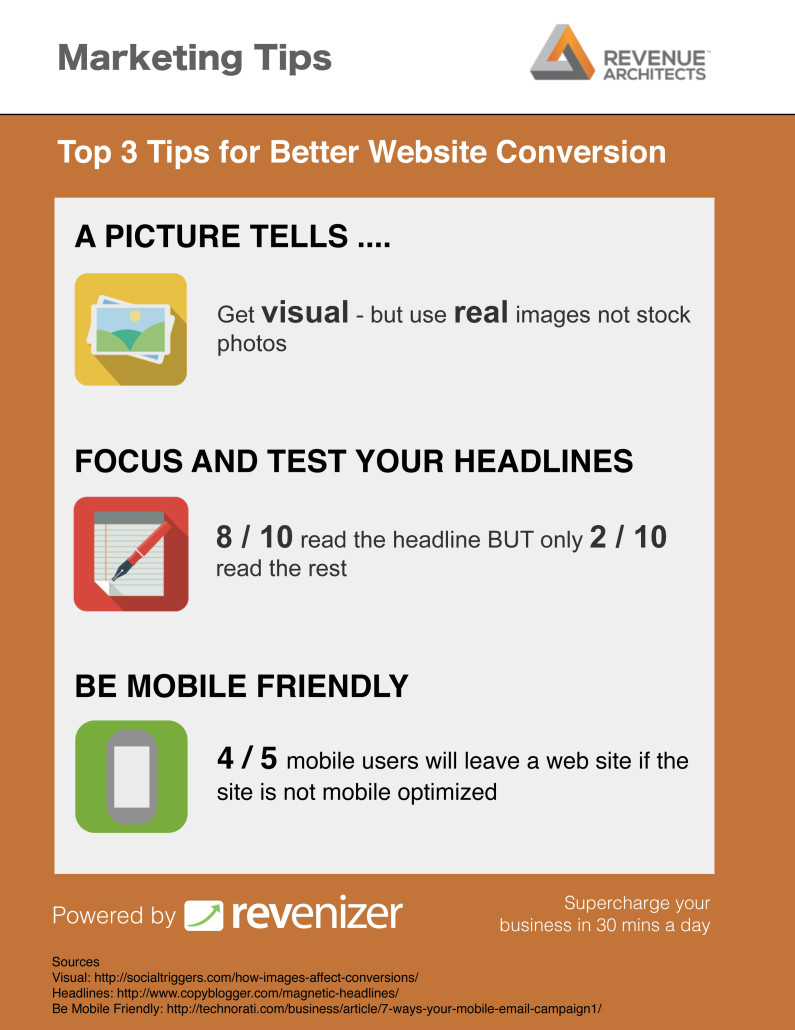Leading marketers are pursuing multi-channel engagement with their customer and prospect audience as part of an overall Revenue Architecture. When measuring general performance from different on and offline channels, the digital channels are much easier to measure, so a game plan for tracking non-digital media is critical. With an organized plan of attack, firms can measure the results of campaigns across marketing channels and allocate dollars in the most efficient way possible.
A Focus on Customer Lifetime Value (LTV)
Marketing ROI analytics involve a range of variables that ultimately lead to capturing customer value. There are three ways to capture customer value:
- Acquire new customers
- Retain relationships with existing customers
- Expand relationships by increasing ‘wallet share’
All three of these dimensions help drive Customer Lifetime Value (LTV).
Clearly, a business can use their marketing and advertising dollars more efficiently by reaching customers who will engage in more business over time and be more likely to drive customer referrals from their personal networks. Through a lifetime, the customer will experience a wide range of events, offering a business the opportunity to engage at critical moments. Tracking this can be tied to LTV metrics and leading indicators from digital interactions between the customer and the various web, email and social media presence of the business.
However, many businesses attribute too much credit to the ‘last click’ – a single cost-per-acquisition (CPA) metric – and do not adequately consider how much should be invested in acquisition across different marketing channels. LTV helps highlight the value created over a long-term relationship with the customer by fostering an increase in wallet share through targeted marketing. Too often businesses have a single CPA number in mind, yet acquisition budgets could be allocated more effectively by increasing CPA budgets to acquire customers with attractive LTV metrics and reducing CPA investments in less attractive segments.
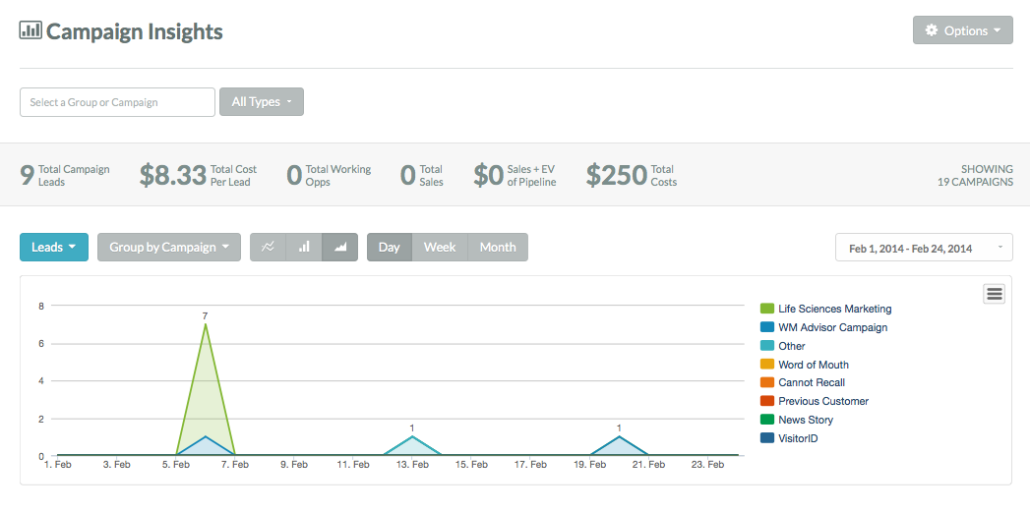
Paid, owned and earned media is a helpful top level framework for developing marketing strategies that capture customer value and drive Customer Lifetime Value. Paid media campaigns drive customers to owned media online properties that provide information, products or services that create earned media buzz that can build among customers through social media, PR and referrals.
Bringing Together Offline and Online Marketing
Digital marketing strategies, such as display and pay-per-click advertising, bring about clear opportunities to measure marketing investment return. Tools like Google Analytics and Adwords provide a rich array of funnel and conversion tracking. Offline programs are typically more difficult to measure beyond tracking broad business impacts (like web visits) that can be attributed to offline campaigns.
By bringing offline conversions online, it’s easier to track and measure the impact of marketing. As each visit is tracked, analytics provide the ability to view customers over their full sales lifecycle rather than through the limited lens of a one-time conversion-based transaction.
Through the implementation of different vanity URLs for offline campaigns, prospective customers can be driven to specific landing pages that redirect to the main business domain in order to measure incremental campaign performance. Other ways of tracking offline advertising related to paid, owned and earned advertising include:
- QR codes attached to print media and outdoor advertising
- Phone numbers specific to each campaign and marketing channel
- Customized discount or offer codes unique to the marketing channel
- Social media hashtags that connect the offline campaign to how customers interact with it online
- Annotated analysis of direct traffic surrounding mentions of the business through other offline print media or television coverage
Ultimately, a lead can be tracked from cradle to grave using these techniques, allowing businesses to prioritize LTV while allocating marketing dollars more effectively.
Marketing Performance Measurement and Metrics
For the complex sale typical of B2B and service companies, a range of metrics can help to monitor the health of the marketing-to-sales funnel, enabling businesses to focus their best efforts and identify opportunities and challenges. The following outlines a sample of the metrics our clients are focused on day-to-day.
- Multi-Channel Funnel (conversion rates across digital channels)
- Lead Velocity (time for leads to move through the funnel)
- Path Length (sequence of events and stops in the customer journey)
- Cost Per Acquisition and Campaign ROI (measuring marketing performance)
- Marketing Qualified Leads (# and quality of leads generated by marketing)
- Sales Accepted Leads (# of leads qualified for pursuit by sales)
- Customer Acquisition and Sales Conversions (sales completion)
Data produced by these interactions can be tracked through a range of tools including marketing automation, Google Analytics and dashboards such as Cyfe, which offers customizable analytics and detailed reports on the conversion process of marketing efforts.
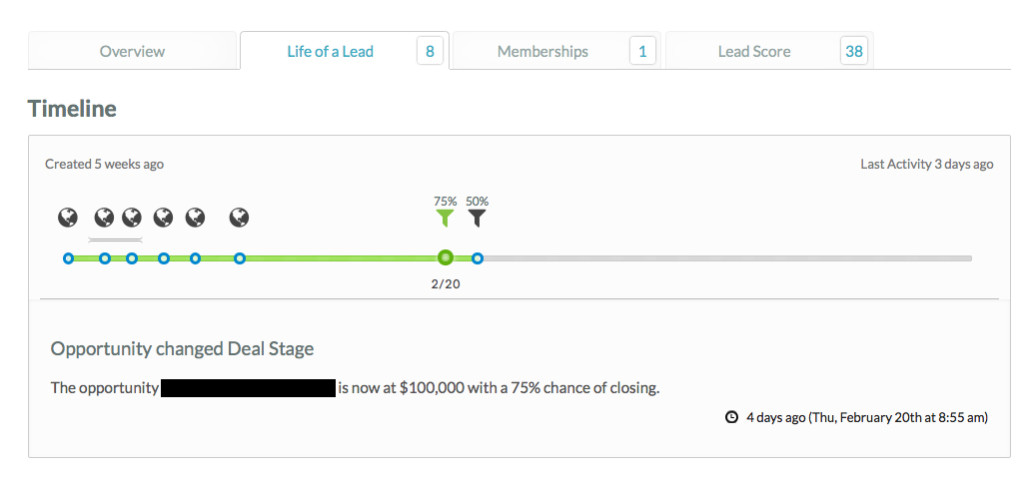
The ultimate goal is to have a single end-to-end view of the ‘life of the lead’ while tracking the impact of a variety of activities within marketing and sales to drive revenue performance.
To learn more about Marketing Performance Measurement and Attribution, please feel free to contact us.



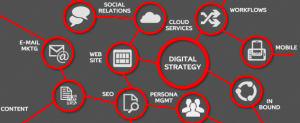


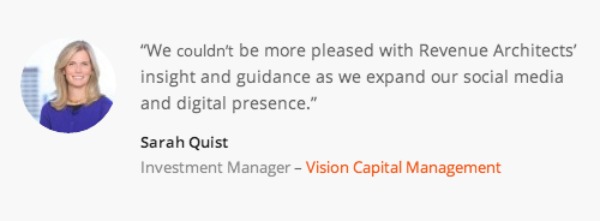
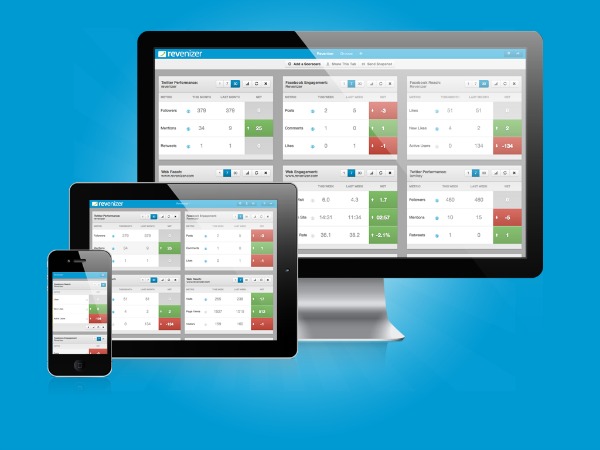 Despite this, only 6% of small business websites are mobile ready according to a
Despite this, only 6% of small business websites are mobile ready according to a 